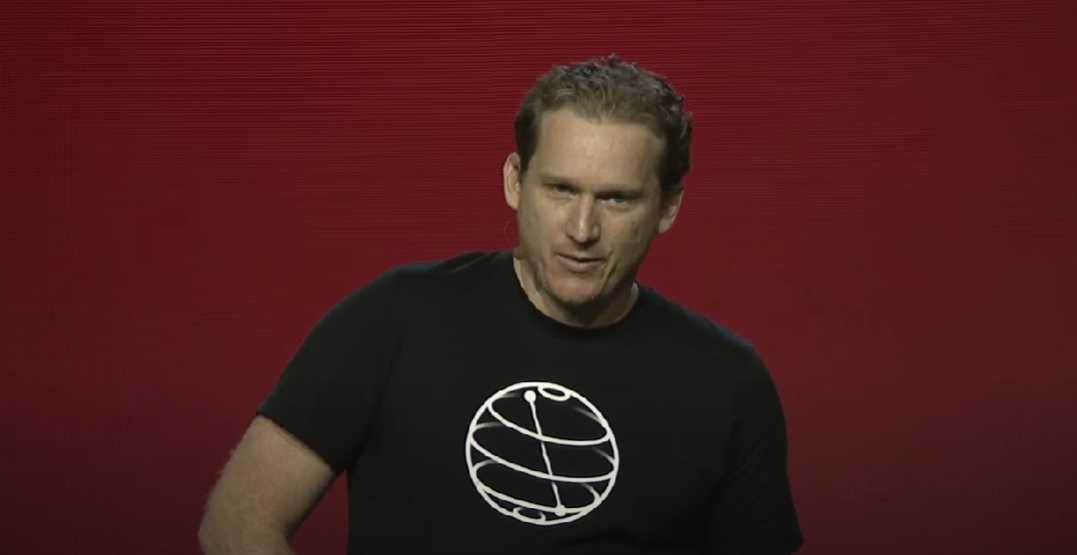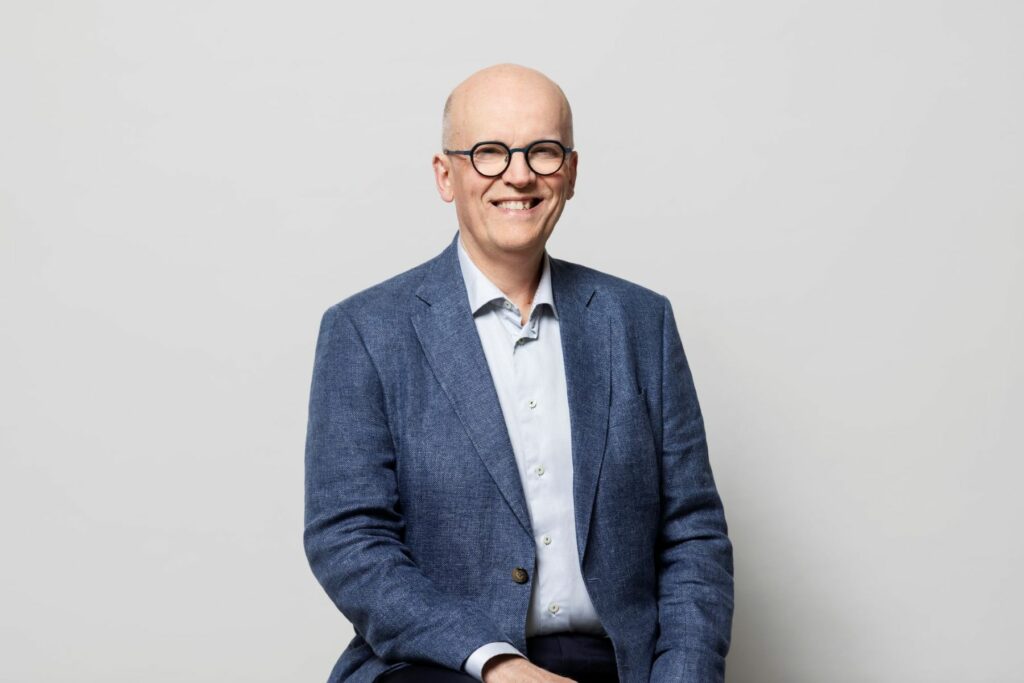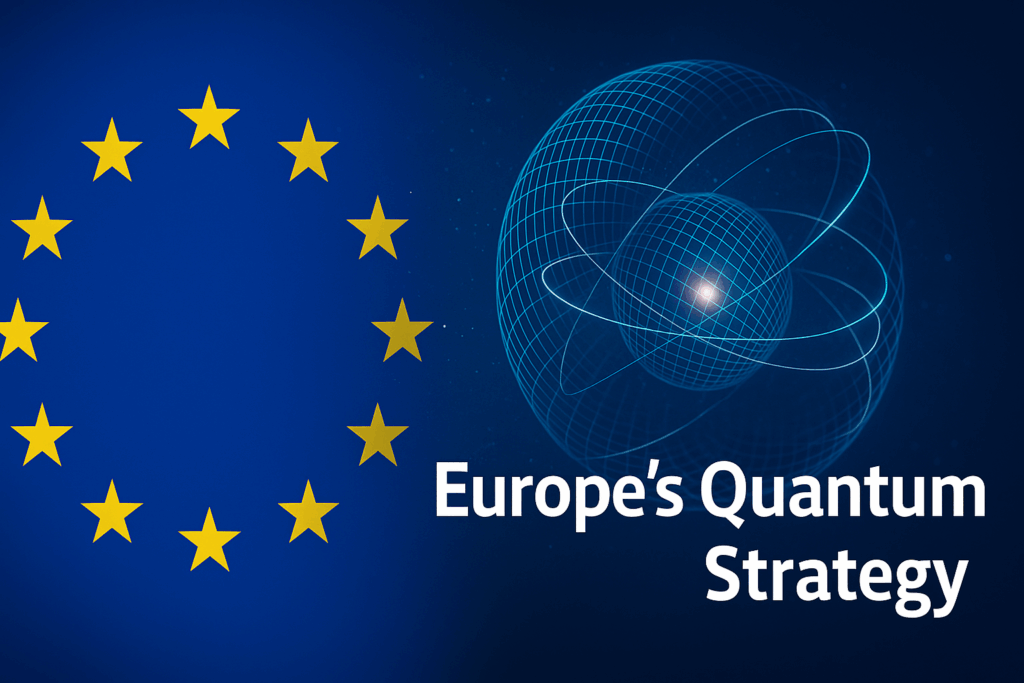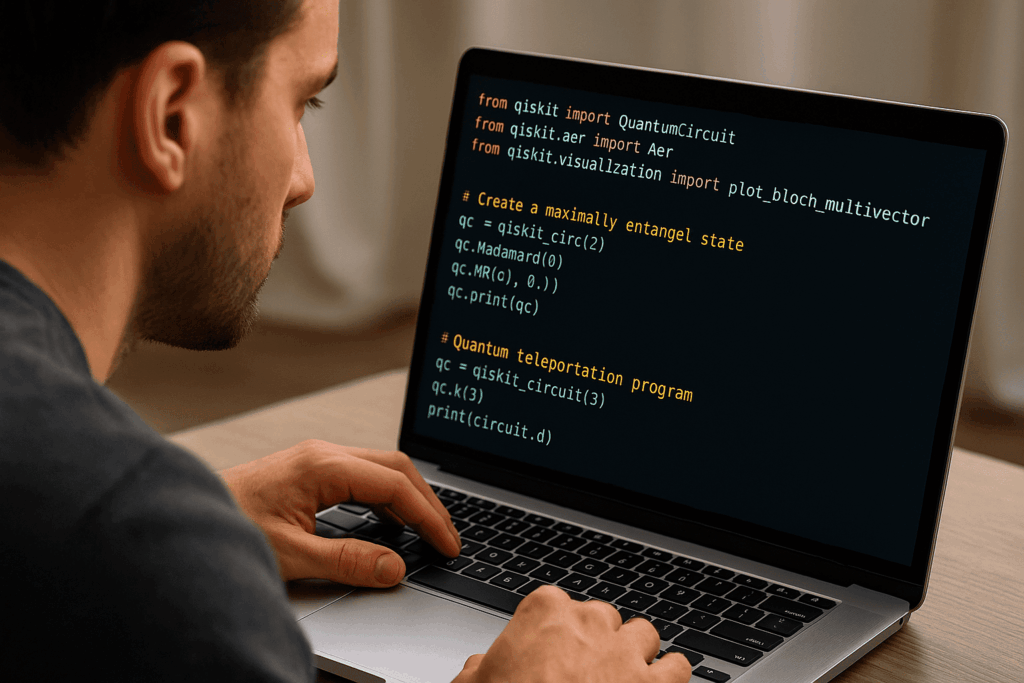IBM Osprey
Just a few days ago in a press release, Jay Gambetta, IBM Fellow and VP of IBM Quantum, announced — along with Darío Gil, Senior Vice President, IBM and Director of Research — new advances in quantum hardware and software at the IBM Quantum Summit 2022.
Now, if that was not enough, the topic of conversation also included the IBM Osprey, which has the largest qubit count with 433 qubits of any IBM quantum processor, more than tripling the 127 qubits on the IBM Eagle processor, which was unveiled last year, as well as announcing the goal of 4,000+ qubits by 2025 and beyond.
Lofty dreams, we know, but something IBM is well capable of achieving.
On November 9th, Gambetta was a guest on a Moor Insights & Strategy podcast. Going into more detail on these things, the VP of IBM Quantum discussed with the host quantum-centric supercomputing (QCS) and IBM’s Quantum System Two, amongst other things.

Vision
“We’re releasing our vision for the future,” Gambetta began off the host’s question on what (QCS) is, “[…] but what I see happening is the future of quantum computing has to be something different, something that we haven’t done before — and we’re calling this quantum-centric supercomputing.”
To achieve this aim, Gambetta lists three areas of importance:
- How modularity is brought to quantum by making multiple chips, multiple fridges or even modularity in the software
- Communication and computation, which Gambetta highlighted were traditionally thought of as different fields, and how the two come together
- And finally, middleware for quantum, by that how the industry gets quantum and classical working together, so it seamlessly integrates workflows, enabling quantum to be the accelerator
Once the podcast host had asked Gambetta about some of the research questions needed for QCS, the interview moved to the specific target user for a QCS.
“What we are hoping to do is focus on error mitigation and error suppression and incorporate them into an API (application programming interface), so the users no longer have to worry about the noise of these devices,” said Gambetta.
Lost in The Weeds
Establishing that once this has been achieved, Gambetta told the host that it needs to go from the physicists studying it to the computer scientists who want to learn how to accelerate it, before Gambetta quipped, instead of getting “lost in the weeds of the noise in the system”.
Asserting that computation will be the differentiator in the future, Gambetta went on:
“We want to get to a point where we bring the software and the architecture to their level, rather than asking them to come down to learn about the physics of these devices.”
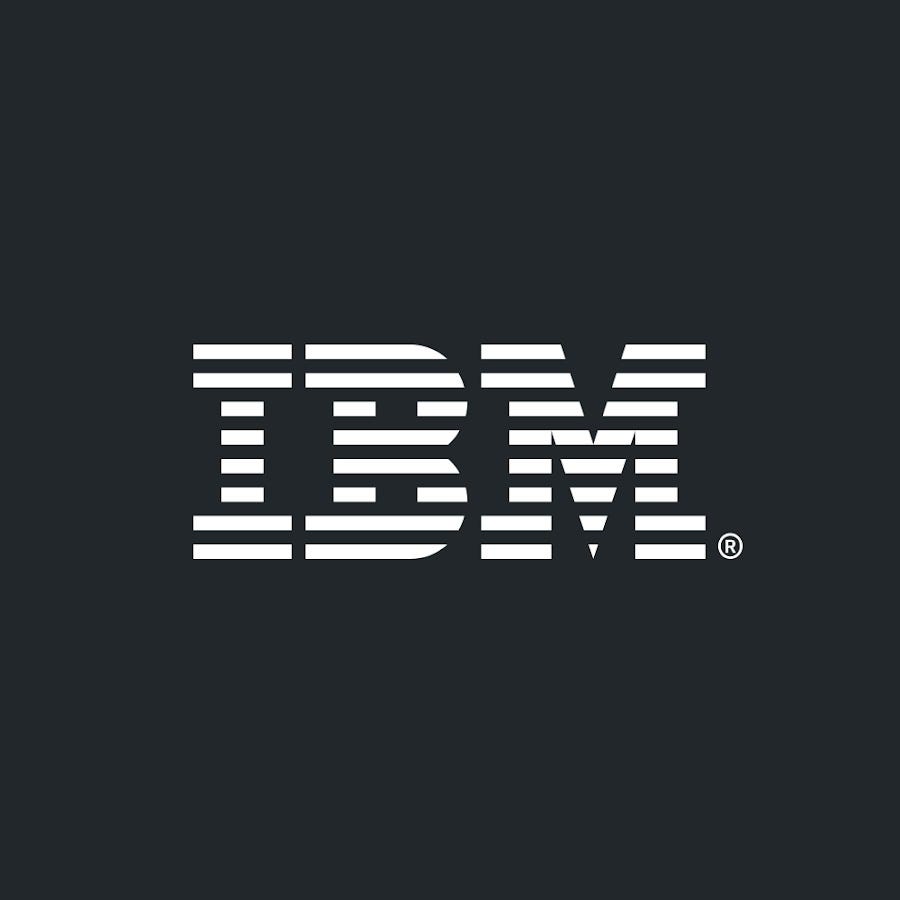
The host asked Gambetta about IBM’s plans after Quantum System Two. Gambetta, however, made it very clear to the podcast’s audience that the System Two doesn’t exist yet, saying the team hoped it would be operational by the end of 2023.
System Three?
“In my view, if we’ve done System Two right,” said Gambetta, “and we’ve engineered into the design modularity, I’m hoping that it can scale to really large numbers of qubits.”
IBM’s VP of Quantum then asked himself the question: “Will there be a System Three?”
“Only time will tell,” Gambetta answered, “but I think within System Two, rather than being a single system, […] we’re taking it to a single system that’s modular in nature, so we can continuously upgrade it as we make improvements in making the chips bigger, improving communication and adding electronics.”
Let’s keep our fingers crossed.
Feature image: Jay Gambetta, YouTube screenshot
If you found this article to be informative, you can explore more current quantum news here, exclusives, interviews, and podcasts.

